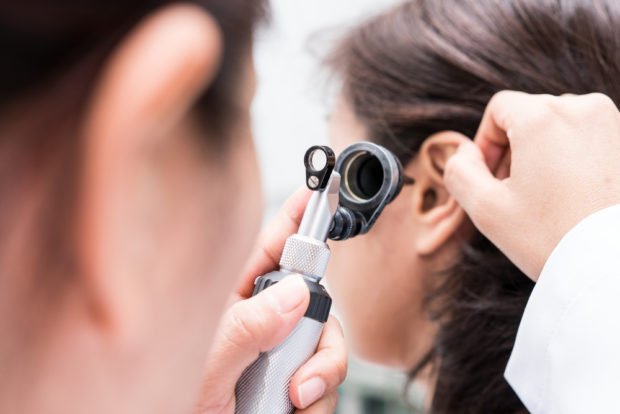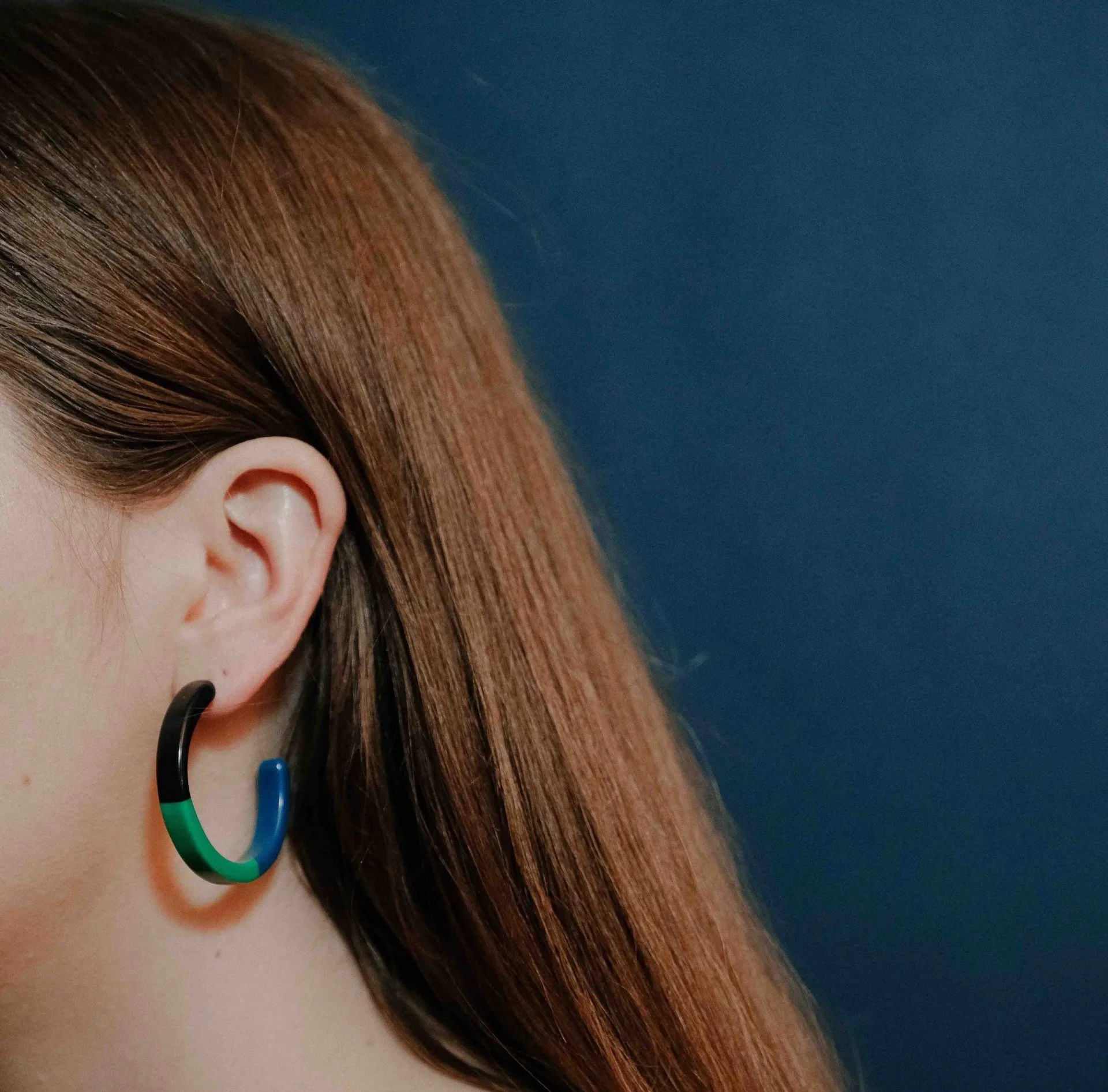In this opinion editorial Dr. Ashen Nanan, ear, nose, and throat (ENT) specialist practising at Netcare Waterfall City Hospital, explains treatment options for hearing loss. Dr Nanan says we are living in an era of abundant medical solutions. This means there are many hearing options available, from birth to death.
Millions are affected by hearing impairment
As one of the senses, we rely upon most, the ability to hear is, for many, central to our daily experience of the world. And yet a significant proportion of the population is affected by hearing impairment. There are, however, highly effective medical interventions available to restore hearing and improve the overall quality of life.
Fortunately, we live in an era where medical advancements in this field abound.
Why hearing loss affects so many
Hearing loss can occur at any stage of life and can present from birth onwards. Congenital hearing impairment can be as a result of genetics, complications during pregnancy or certain illnesses, and can impact the speech and language development of a child. It is therefore highly recommended that all babies have their hearing tested at birth. When a hearing defect is detected, appropriate therapies can commence, preventing a negative impact on the child’s development.
Hearing loss that is acquired at some point during the course of an individual’s life may be caused by factors. These include aging, exposure to loud noise over time, genetic predisposition, damage or trauma to the middle or inner ear, obstructive growths and tumours, and certain illnesses.
Common causes of hearing loss
The most common cause of hearing loss that we see is the impact of the ageing process. As the body ages there can be structural changes to the inner ear, the middle ear, or the neural pathways to the brain.
Age related hearing loss can also be a result of ongoing exposure to loud noise over many years and various health conditions such as heart disease and diabetes, among others, which can impact auditory nerves over time.
Because age related hearing loss is generally gradual, it is not always noticed right away. For this reason it would be beneficial to have your ears tested every few years, if you are over 60, to monitor the quality of your hearing.
Getting to the bottom of it
Whatever the age of the individual, the first step is always to identify the type of hearing loss that they have and what is causing it. This will determine treatment as well as what steps can be taken to prevent further damage from occurring.
There are three types of hearing loss, namely sensorineural, conductive and mixed. When hearing loss is sensorineural, the damage has occurred to the cochlea hair cells or the cochlea nerve, which are situated deep in the inner ear and are responsible for communicating auditory information to the brain.
Conductive hearing loss means that the sound is not being conducted from the outer ear to the inner ear. Mixed hearing loss is, as the word suggests, a combination of the two conditions.

Bangkoker/Shutterstock
Once it is determined that a person’s hearing loss impacts their daily functioning, it is important to consider the medical options available. While not all cases of hearing loss can be addressed, it is encouraging to know that there are numerous treatment modalities that can achieve highly effective results in improving hearing across a broad spectrum of different types and degrees of hearing loss.
Hearing aids
Over recent decades hearing aid technology has undergone dramatic development, with these devices now enabling users to experience far more effective levels of amplified acoustic sound which makes it easier to interact with the world and with other people. There are different types of hearing aids, and the most medically appropriate choice will depend on the specific needs of the user. These devices can go a long way in assisting those with sensorineural hearing loss in particular.
Implantable hearing aids
Those who are not candidates for conventional hearing aids may benefit from a hearing aid implant. In patients with conductive hearing loss in one ear, a bone conduction hearing aid provides a very effective way of delivering sound to the cochlear nerve, using the bone of the skull as a conducting medium. This involves the placement of a titanium implant into the bone of the skull, which then connects to an external sound processor.
The processor converts sound energy so that it can be transmitted directly to the cochlear nerve. Speech reception in a noisy environment has shown to be quite good with bone conduction implants.
Implants are also an option for patients with sensorineural hearing loss or mixed hearing loss that is not severe enough to qualify for a cochlear implant. In such cases an implant can be coupled to the second bone of hearing, called the incus, which ultimately helps to amplify acoustic sound.
Surgical intervention
In patients where the cochlear nerve is perfectly intact but sound cannot be conducted to it, surgery may be the best option. This may be a procedure such as ossiculoplasty, which refers to the restoration of the ossicles, or the bones of hearing, which may have been damaged due to physical trauma.
The procedure ensures the structural continuation of the bones for conducting sound. Alternatively, there may be a need to replace the stapes, which is the third bone of hearing, in a procedure called a stapedotomy.
This is done in cases of otosclerosis, which is an inherited congenital condition affecting mostly Asian and Caucasian populations, and which results in loss of hearing.
Cochlear implants
South Africa has one of the oldest and most established cochlear implant programmes in the world, with our first local implant having been done in 1986. A cochlear implant is an electronic device that is surgically embedded into a patient’s temporal bone, which is the bone surrounding the ear canal.
The procedure involves the placement of an electrode directly into the patient’s cochlea. This connects through the skin to an external sound processor, which converts sound energy to electrical impulses that are directly delivered to the cochlea hair cells.
Improving lives
Cochlear implants are recommended for patients with severe hearing loss who do not stand to benefit from conventional hearing aids. The placement of a cochlear implant requires the input of a multidisciplinary team of specialists including an ENT surgeon trained in cochlear implant surgery, an audiologist trained in mapping cochlear devices and adjusting input to the right levels for the user, a speech therapist trained in auditory verbal therapy in cases where developmental assistance is required and, in the case of younger patients, a neuro-developmental paediatrician and possibly a psychologist.
There are ENT surgeons practising at certain Netcare hospitals who perform cochlear implants, which may be inserted from as young as six months with no upper age limit, but medical risk factors for the surgical procedure have to be taken into consideration for all patients.
 Auditory brainstem implants
Auditory brainstem implants
In certain conditions resulting in profound to severe hearing loss, cochlear implantation may not be possible. This includes the formation of certain types of tumors which, once removed, would make a cochlear implant ineffective, or in any congenital malformations of the cochlea where cochlear implantation is not possible. Illnesses such as meningitis can also cause the cochlea to calcify.
In such cases, an electrode paddle can be placed into the auditory center of the brain stem, which would be done by a neurosurgeon and an ENT surgeon who have both been trained in auditory brainstem implants. This however is a far less common form of treatment and is only considered when all other possibilities have been exhausted.
About the author
Dr. Ashen Nanan, Ear, Nose and Throat Specialist practising at Netcare Waterfall City Hospital. He obtained his MBChB degree from the University of Natal and went on to obtain his fellowship in the College of Otorhinolaryngology and Master of Medicine Degree from the University of the Witwatersrand. He is currently a specialist in private practice in Johannesburg and is a council member and examiner for the Colleges of Medicine in South Africa. Dr Nanan is also the current chair of the South African Cochlear Implant Group and co-ordinator and primary ENT surgeon in the South African Auditory Brainstem Implant Programme.
Main photo credit
References
There’s limited data available on hearing impairment in South Africa, but in one of the more recent studies conducted, an estimated 19.88% of people suffered from hearing impairment and 8.94% suffered from a disabling hearing impairment*.
The South African Journal of Communication Disorders – https://bit.ly/3c7rPpk
Additional notes:
In 2019, Netcare launched a free hearing screening programme for all newborn babies at its hospital maternity units countrywide. This national programme is the first initiative of its kind in South Africa. The programme aims to identify hearing loss in infants as early as possible, so that it can be addressed and as far as possible prevent it from impacting babies’ development. Between June 2019 and June 2022, 69 787 babies were screened and 10 420 referred for further testing so that any impairment can be further managed. This is done in close cooperation with their parents.



 Auditory brainstem implants
Auditory brainstem implants![women [longevity live]](https://longevitylive.com/wp-content/uploads/2020/01/photo-of-women-walking-down-the-street-1116984-100x100.jpg)










